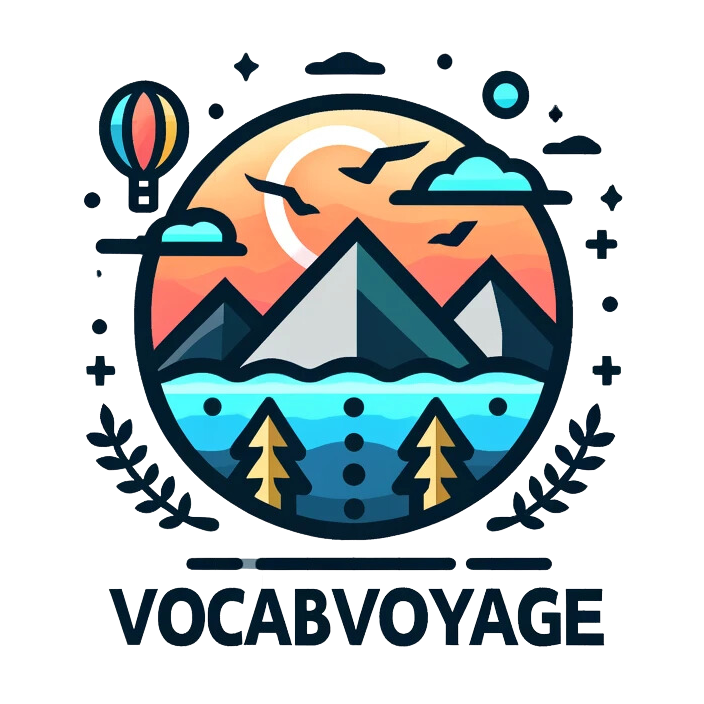Understanding the Language Learning Levels Chart: A Beginner’s Guide
Hey there, fellow language enthusiasts! 🌍✨ If you’ve dived into the ocean of learning a new language, you might have come across a nifty navigator known as the language learning levels chart. But what is it exactly? And how can it guide you through your language learning journey, especially if you’re using amazing tools like Vocab Voyage? Let’s embark on a discovery tour to decode this essential map 👀🗺️.
What Are Language Learning Levels? 🤔
First thing’s first: language learning levels are a way to categorize your proficiency in a foreign language. Think of it as a gauge that measures how well you know a language, from understanding basic phrases to discussing complex ideas fluently. These levels are universally recognized, which means they are a solid standard no matter where you go.
The Common European Framework of Reference for Languages (CEFR) 🌐
The most popular system out there is the Common European Framework of Reference for Languages, or CEFR for short. It’s like the gold standard for measuring language skills, and it breaks down your abilities into six main levels:
- A1 – Total beginner
- A2 – Elementary
- B1 – Intermediate
- B2 – Upper intermediate
- C1 – Advanced
- C2 – Master or proficient
Why Knowing Your Level Matters 🎯
Understanding where you stand on this chart isn’t just for bragging rights. (Though, hey, feel proud of your progress!) It’s crucial for a bunch of reasons:
- Setting Goals: Knowing your level helps you set realistic, achievable goals. Want to go from A2 to B1? Now you’ve got a target to aim for!
- Choosing Resources: Not all language learning tools are created equal. By knowing your level, you can pick resources, like Vocab Voyage, that cater specifically to your needs. Our platform is designed for A2 to C1 learners, focusing on making your vocabulary voyage smooth sailing. 🚀
- Measuring Progress: It’s super satisfying to move up the chart! Keeping track of your level can help you see how far you’ve come, motivating you to keep at it.
How to Find Your Level 🕵️
Wondering how to figure out where you stand? Here are a few ways:
- Online Tests: There are tons of free online tests that can give you a rough idea of your level. Remember, these are just starting points, so take a few for a more accurate measure.
- Language Courses: If you’re enrolled in a course, your instructor can probably assess your level.
- Self-Assessment: CEFR comes with detailed descriptions of what learners at each level can do. Read through them and see where you fit best!
How Vocab Voyage Can Help 🚀
Once you’ve pinpointed your level, it’s time to boost your vocabulary! Vocab Voyage specializes in helping learners from A2 to C1 expand their vocabulary efficiently and effectively. Here’s how we make it happen:
- Targeted Learning: Our content is tailored to your specific level, so you’re always learning the most relevant words.
- Pleasurable Learning: Who says learning can’t be fun? Our interactive platform makes sure you enjoy your journey to vocabulary mastery.
- Real-World Usage: We focus on practical vocabulary that you can start using in your conversations right away.
Keep Sailing! 🛳️
Remember, the best way to learn any language is to stick with it, no matter the method. Understanding the language learning levels chart is just the beginning. With determination, the right resources (hello, Vocab Voyage!), and a clear understanding of where you’re heading, you’re sure to reach your language learning destinations. So, anchors aweigh! Your language adventure awaits! 🌟
And hey, why not drop by our website to see how we can be a part of your voyage? Happy learning!
